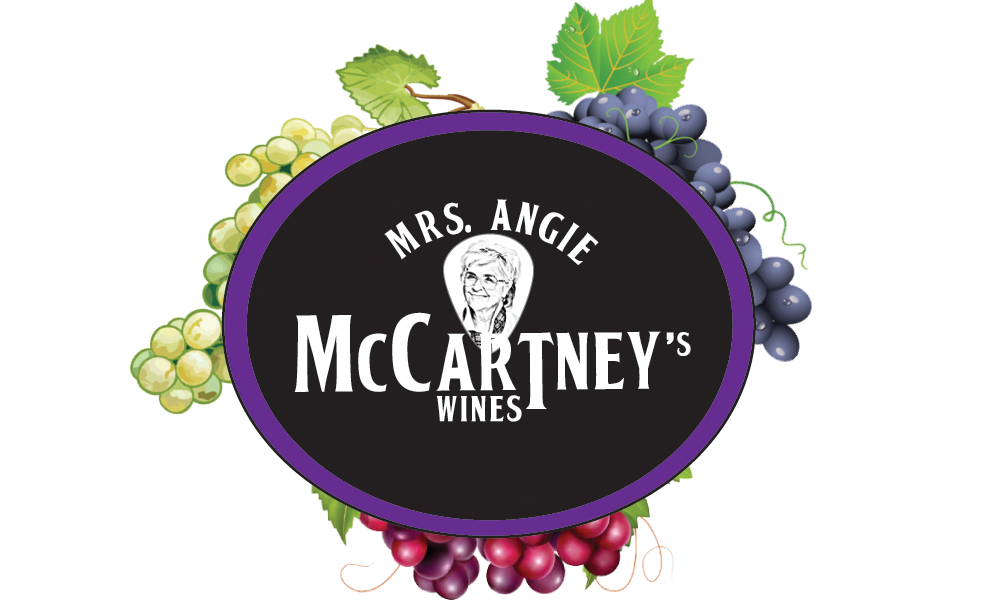Fruit wine can be made from virtually any plant matter that can be fermented.[3] Most fruits and berries have the potential to produce wine. Few foods other than grapes have the balanced quantities of sugar, acid, tannin, nutritive salts for yeast feeding and water to naturally produce a stable, drinkable wine, so most country wines are adjusted in one or more respects at fermentation. However, some of these products do require the addition of sugar or honey to make them palatable and to increase the alcoholic content(sugar is converted to alcohol in the fermentation). Two commonly produced varieties are elderberry wine and dandelion wine. Tainted elderberry wine is the beverage used to commit murders in Joseph Kesselring's play and Frank Capra's film adaptation Arsenic and Old Lace. A wine made from elderberry flowers is called elder blow wine. The amount of fermentable sugars is often low and needs to be supplemented by a process called chaptalization in order to have sufficient alcohol levels in the finished wine.Sucrose is often added so that there is sufficient sugar to ferment to completion while keeping the level of acidity acceptable. If the specific gravity of the initial solution is too high, indicating an excess of sugar, water or acidulated water may be added to adjust the specific gravity down to the winemaker's target range. Many kinds of fruit have a natural acid content which would be too high to produce a savory and pleasant fruit wine in undiluted form; this can be particularly true, among others, for strawberries, cherries, pineapples, and raspberries. Therefore, much as to regulate sugar content, the fruit mash is generally topped up with water prior to fermentation to reduce the acidity to pleasant levels. Unfortunately, this also dilutes and reduces overall fruit flavor; on the other hand, a loss of flavor can be compensated by adding sugar again after fermentation which then acts as a flavor enhancer (known as a back-sweetener), while too much acid in the finished wine will always give it undesired harshness and poignancy. Many fruit wines suffer from a lack of natural yeast nutrients needed to promote or maintain fermentation. Winemakers can counter this with the addition of nitrogen, phosphorusand potassium available commercially as yeast nutrient. In the opinion of one wine writer fruit wines often do not improve with bottle age and are usually meant to be consumed within a year of bottling.[5] Source: Wikipedia

